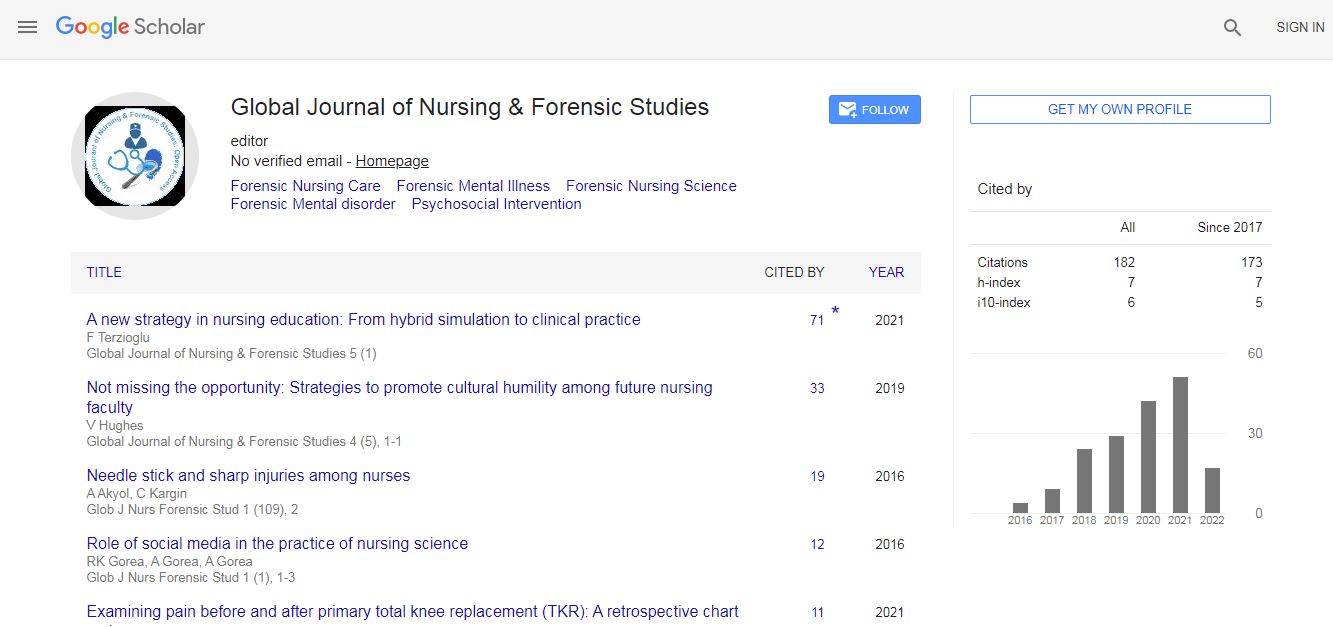Our Group organises 3000+ Global Conferenceseries Events every year across USA, Europe & Asia with support from 1000 more scientific Societies and Publishes 700+ Open Access Journals which contains over 50000 eminent personalities, reputed scientists as editorial board members.
Open Access Journals gaining more Readers and Citations
700 Journals and 15,000,000 Readers Each Journal is getting 25,000+ Readers
Google Scholar citation report
Citations : 82
Optometry: Open Access received 82 citations as per Google Scholar report
Indexed In
- Google Scholar
- RefSeek
- Hamdard University
- EBSCO A-Z
- Euro Pub
- ICMJE
Useful Links
Recommended Journals
Related Subjects
Share This Page
Inhaled corticosteroids and intraocular pressure: Is it more than what meets the eye?
11th Global Ophthalmologists Annual Meeting
Sujani Shroff
Aravind Eye Hospital, India
ScientificTracks Abstracts: Optom open access
Abstract
Introduction & Aim: Glaucoma is the leading cause of irreversible blindness worldwide. Extensive studies have proved that systemic and topical steroids play an important role in the pathogenesis of glaucoma. However little is known about the effect of inhalational route. Our study was aimed to detect if there is truly an association between inhalational steroids and intraocular pressure (IOP). Design: Cross sectional case control study of 200 patients visiting the pulmonologist and 200 controls among the general population. Methods: Patients on inhaled corticosteroids 800 mcg equivalent of Budesonide or more for a period >6 months with no usage of oral or topical steroids within the last 3 months were included as cases. Controls were recruited from the general ophthalmological department with no previous steroid usage. IOP and central corneal thickness (CCT) was analyzed. Cases were divided into two groups. Group-1: IOP<21 mm of Hg and Cup disc ratio (CDR) <0.4. Group-2: IOP>21 mm of Hg or with CDR>0.5. Analysis was done within these two groups to find if there was an increased risk of developing ocular hypertension/ glaucoma with duration of inhaled steroids. Results: Statistically significant difference (p<0.001) was found between adjusted IOP of the controls [14.47 mm of Hg (�±2.17)] and cases [16.78 mm of Hg (�±3.42)]. CCT among the cases was 522.02 microns (�±30.47) which was lower compared to the controls with 528.73 microns (�±29.09). Our study found 11 patients with ocular hypertension and 2 patients with primary open angle glaucoma. However, it showed no statistically significant correlation between duration of inhaled steroids usage and increased risk for ocular hypertension/glaucoma. Conclusion: These findings suggest a probable association between inhalational steroids and intraocular pressure. Therefore, it is advisable to measure baseline IOPs and CCT of all patients on inhaled corticosteroids and review them at regular intervals.Biography
Sujani Shroff is a Budding Ophthalmologist who is doing her Fellowship in Glaucoma in Aravind Eye Hospital Madurai, India. She has keen interest in glaucoma research and is currently working on several research projects in her institute. She has recently completed her Post-graduation from St. John’s Medical College, India. Her research interest is to explore opportunities to learn and contribute in the field of glaucoma.

 Spanish
Spanish  Chinese
Chinese  Russian
Russian  German
German  French
French  Japanese
Japanese  Portuguese
Portuguese  Hindi
Hindi 